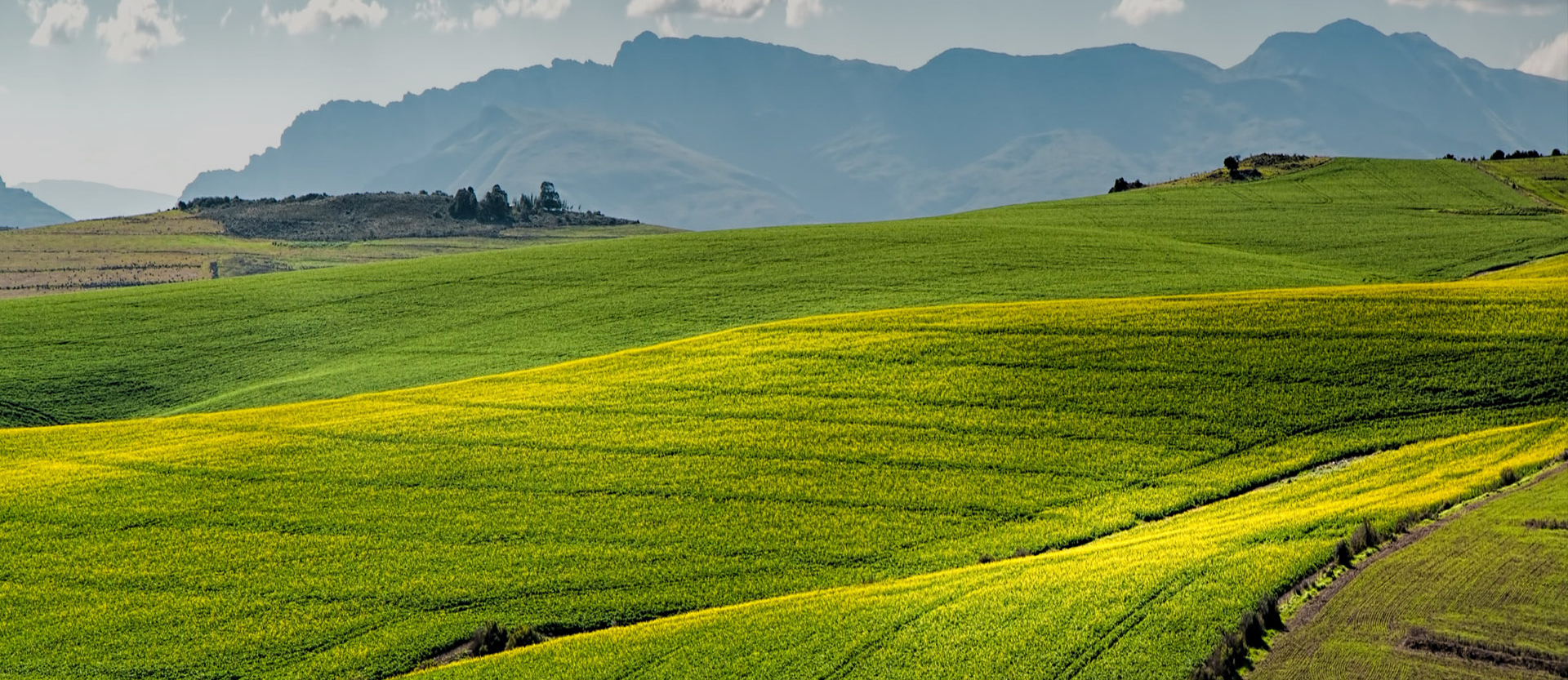|
Pesticide registration certificate number: PD20160851
|
|
Registration certificate holder: Jiangsu Ruidong Pesticide Co., Ltd
|
|
Pesticide name: Bispyribac-sodium
|
|
Dosage form: WP
|
|
Toxicity and its identification:

|
|
Active ingredient and its content:
Bispyribac-sodium 20%.
|
|
Scope of use and method of use:
|
Crops/sites
|
Prevention and control objects
|
Dosage (preparation quantity/mu)
|
Method of application
|
|
Rice field (direct seeding:).
|
Annual weeds
|
15-20 g/mu
|
Spray on stems and leaves
|
|
|
Technical requirements for use:
Direct seeding: 3-5 leaf stage of rice, 2-6 leaf stage of barnyard grass, according to the amount of this product per mu with 20-30 kg of water, mixed evenly, sprayed once in the whole field. Drain the field water before application, but keep the field moist, water 1-2 days after spraying, keep the shallow water layer 3-5 cm, the water layer can not submerge the rice heart, and insist on water retention for about a week, otherwise it will affect the weeding effect, and resume normal field management later. This product can be applied at most once per season.
|
|
Product Performance:
This product is a high-potency and low-toxicity pyrimidine salicylic acid Herbicide. After the treatment of stems and leaves, the weeds stop growing, and then yellowing, wilting, death or severe inhibition of growth occur. It is effective for annual weeds such as old barnyard grass, double-spike paspalum, flat-stalk grass and hollow lotus seed grass, but it is basically ineffective for goldenrod.
|
|
Notes:
1. The safety of this product for indica rice and hybrid rice varieties is better than that of stem rice. The use of rice transplanting field is harmful to new tillering, so it cannot be used in rice transplanting field and should not be used in rice transplanting field. 2. According to the number of weeds, choose the appropriate application time and dosage. The field is dominated by barnyard grass and broad-leaved grass, and the application should be appropriately advanced, but small seedlings and weak seedlings are prone to pesticide damage. 3. The temperature should be below 30 °C when using medicine, and rice over 35 °C is prone to pesticide damage. Rice application more than 6 leaves is easy to produce pesticide damage. 4.Direct seeding: After field application, a shallow water layer of 3-5 cm should be established and water retention for more than 5 days, which is the key to achieving the ideal weeding effect. 5. If there is obvious dwarfing phenomenon in rice after application, it can be recovered after 30 days after top dressing, which does not affect the yield. 6. Pay attention to protection when applying pesticides, such as wearing masks, protective risks, etc.; Not accessible to pregnant and lactating women. The residual chemicals and waste packaging materials generated during the application process cannot be discarded at will and should be disposed of uniformly. The water used to clean the pesticide applicator should not pollute fish ponds, rivers and other water bodies. It is forbidden near aquaculture areas, rivers and ponds.
|
|
First aid measures for poisoning:
This agent is irritating to the eyes and skin. If it accidentally splashes in the eyes or on the skin, rinse immediately with plenty of water; If you eat it by mistake, you can induce vomiting, and take this bottle to the hospital for diagnosis and treatment, there is no specific antidote.
|
|
Storage and transportation methods:
1. This product should be stored in a cool, dry place, away from food, feed and children's reach, and locked. 2. Avoid direct sunlight and rain during transportation. 3. The stacking height of the package during transportation should not be higher than 3.0 meters, and it should be handled with care when loading and unloading.
|
